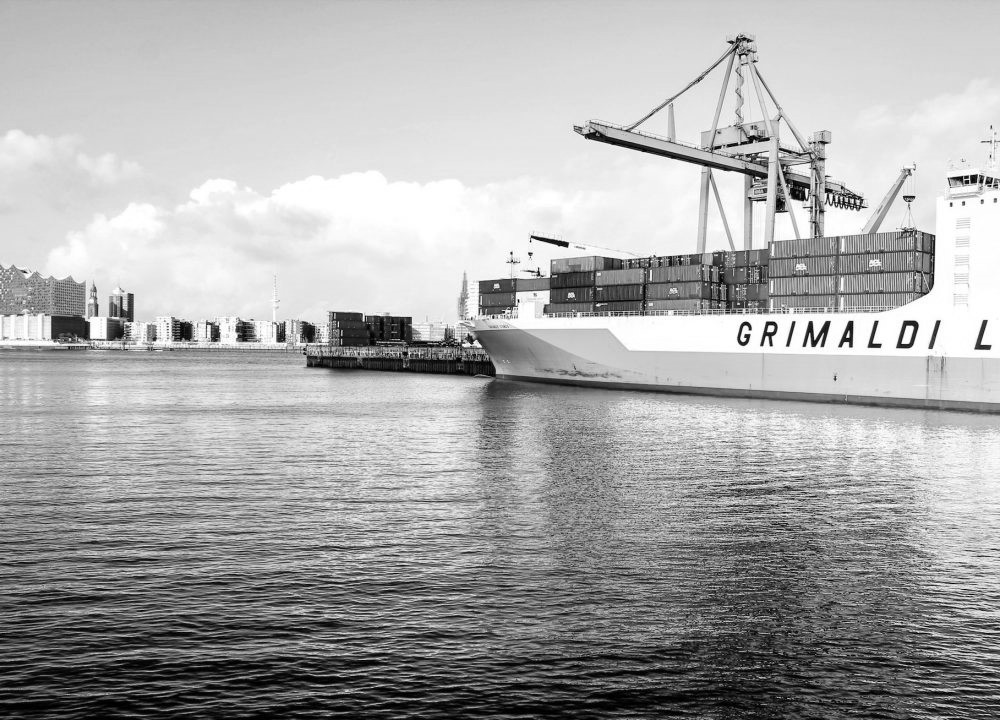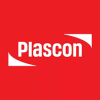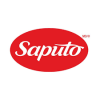Warehouses no longer have the luxury of being product form specific. Product form specific means we can choose the size and shape – and in some instances even the category of the product we are storing and handling.
Modern warehouses must be able to move every conceivable category and every conceivable shape at any conceivable volume. This problem, however, cannot be solved without a well-designed or fit for purpose warehouse and more importantly a well-designed demand planning system.
The layout of a warehouse in today’s modern supply chain must allow it to morph and support different volume demands, product format and product category changes.
In other words, we must be able to move pallets of tinned food with today’s newspaper, while also being capable of moving fresh fish. All this to a customer who would like delivery as fast as possible and changes their minds often.
Whatever the customer and product profile, we are still required to store the stock or make the stock available as quickly as possible with as little handling as possible.
You might have noticed when ordering from an e-commerce warehouse that you receive two or more boxes from the same facility for the same delivery date. This is because the facility is operating at such a high speed there is no time to consolidate the order, if parts of the order come from different areas in the warehouse. For e-commerce environments, it seems saving transport costs are less important than keeping customer loyalty through on-time service.
One way some consolidation might be possible saving further cost, is using Putwall technology, also sometimes known as Pickwalls. Basically, a Putwall is a length of wall of racking that is filled with empty bins waiting to receive stock.
The various formats of stock – whether it’s food, clothing or electronic goods – can be picked from various locations in a large facility and if they are for the same customer any opportunity to consolidate the items would be a money-saving opportunity.
As the first pick for a customer is executed in the warehouse SAP EWM system checks to see if there are other picks for that customer, from other locations. Instead of directing the pick directly to the staging lanes for dispatch, the system reroutes the picks from the different areas to a consolidation bin in the Putwall. The SAP EWM MFS (Material Flow System) then directs the pick bins automatically to the consolidation point at the Putwall using conveyors and lift systems controlled by PLC’s (Programmable Logic Controllers).
When the bin arrives at the wall, a user scans the bin and a light appears in the Putwall indicating the destination of the consolidation bin. The user then places the items in the bin and confirms by pressing a switch on the bin. When the next pick bin arrives for that customer, the same thing happens and so the customer pick is consolidated from various locations in the larger warehouse.
The SAP EWM system constantly checks whether the customer order is complete and when it is, the Material Flow System controlled by SAP EWM lights up on the other side of the Putwall indicating to another operator that the order is complete. The operator then removes the bin and presses another button that would direct the consolidation bin via the MFS system to a staging lane or check station for further packing.
The empty wall location is then filled with the next empty consolidation bin waiting for a new order to be assigned.
With the use of SAP EWM and its MFS technology as well as a PLC control system, this operation can take advantage of the consolidation opportunities in the warehouse and by doing so save significant amounts of money in transport and courier fees while maintaining the speed of service.
For more information, email info@argonscs.com.































